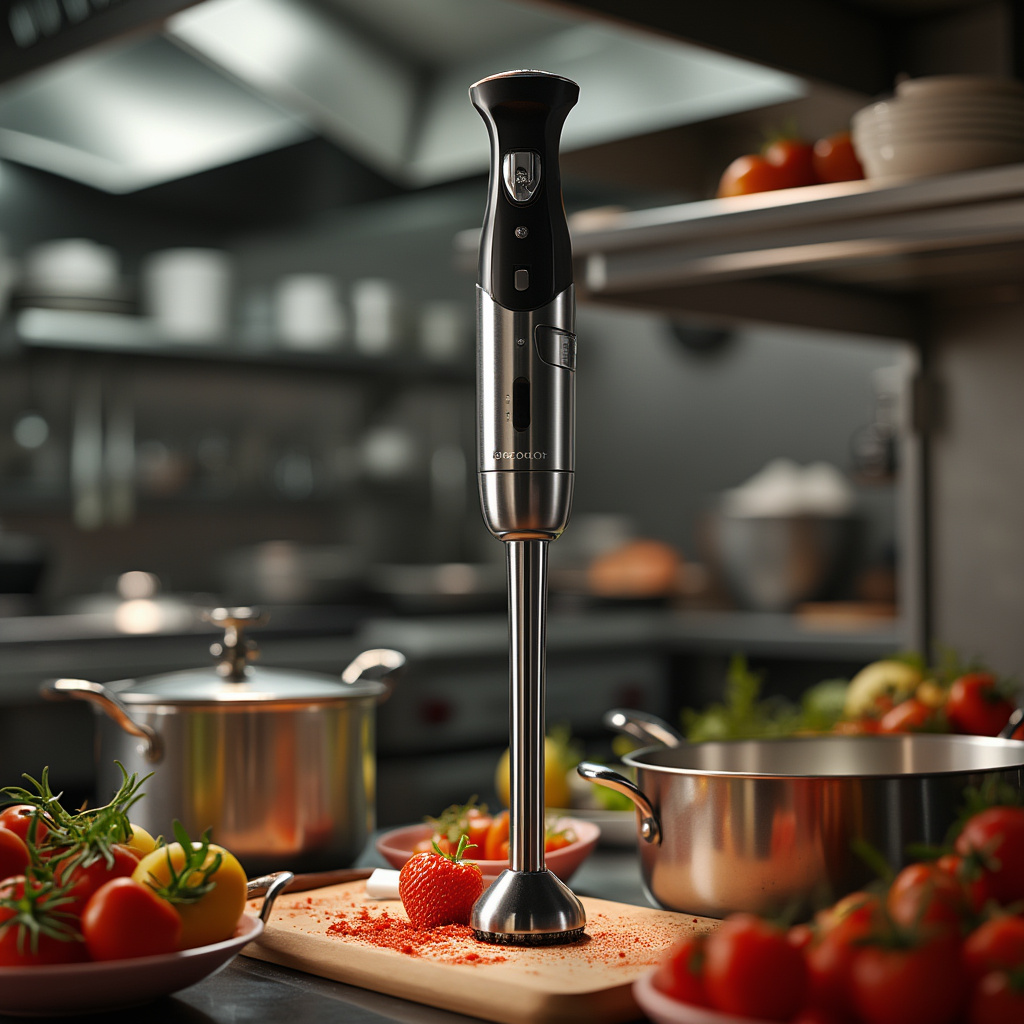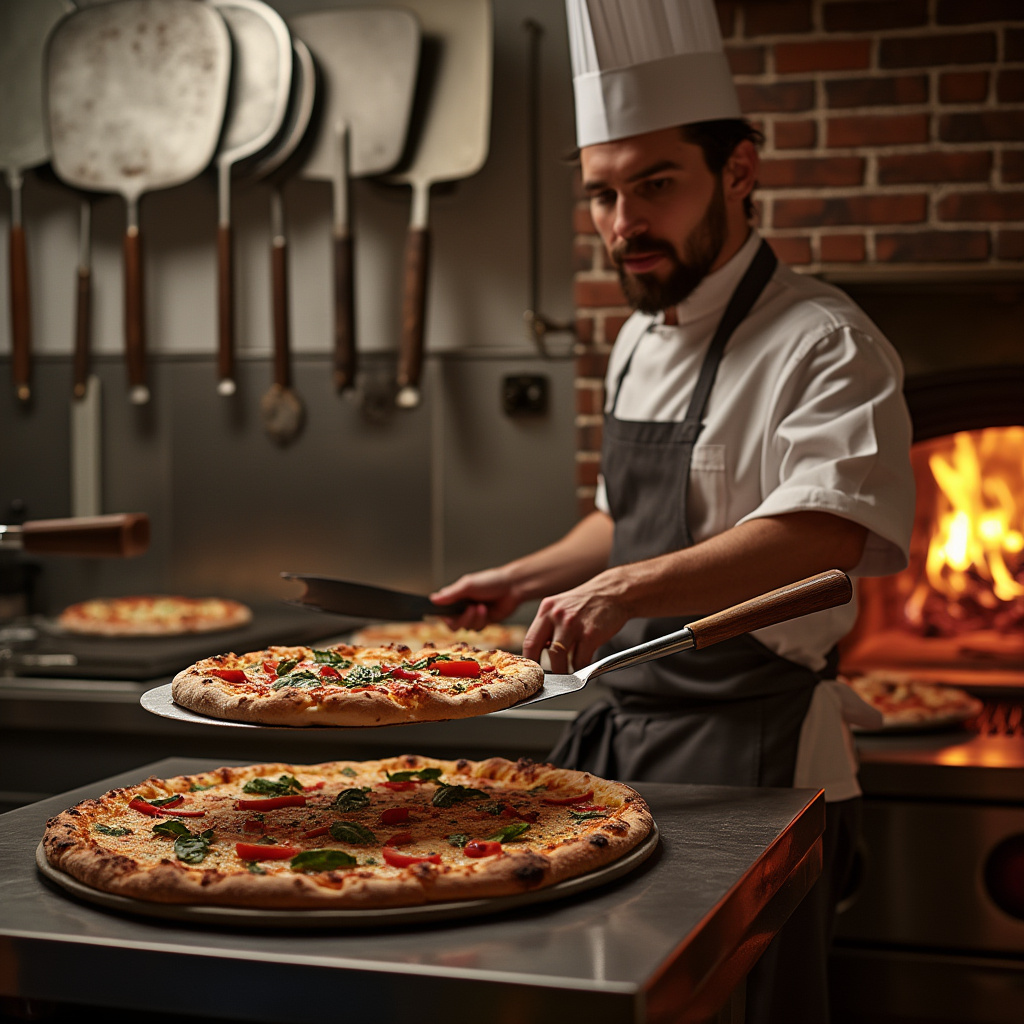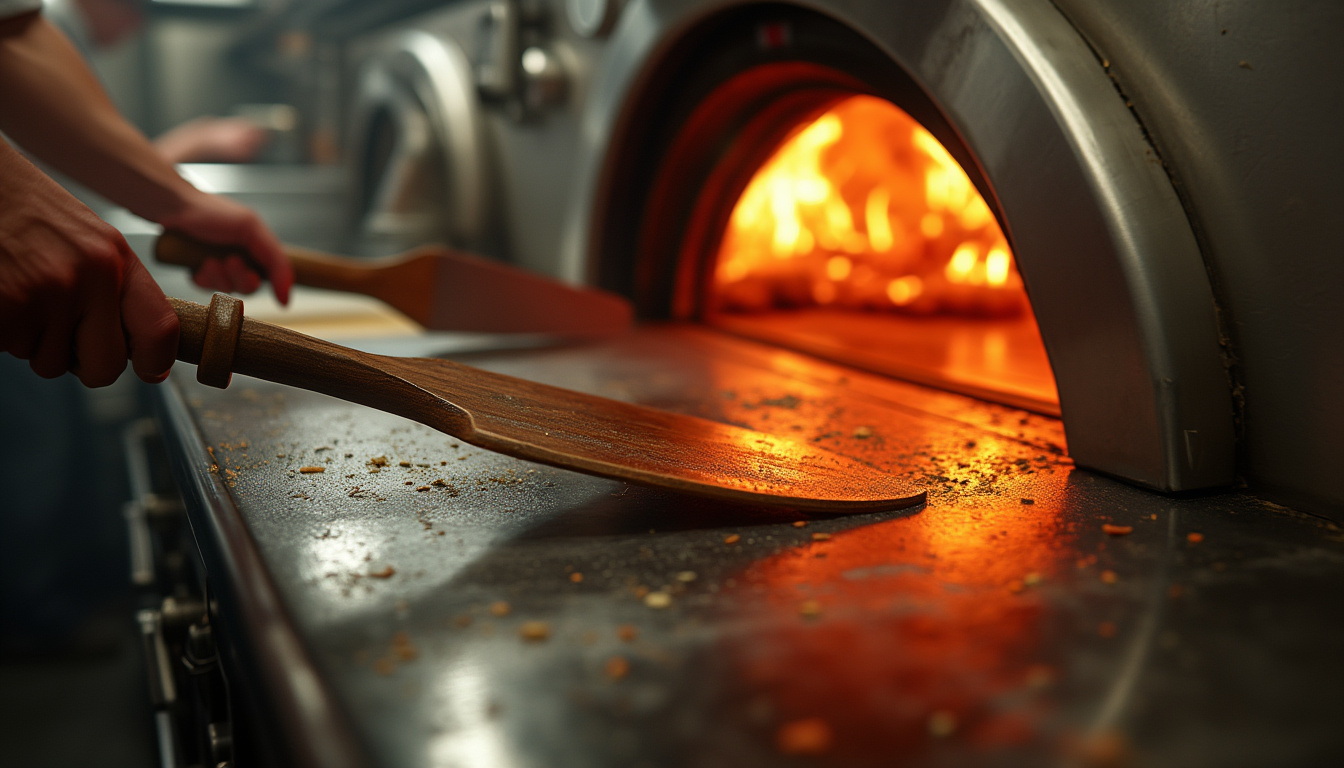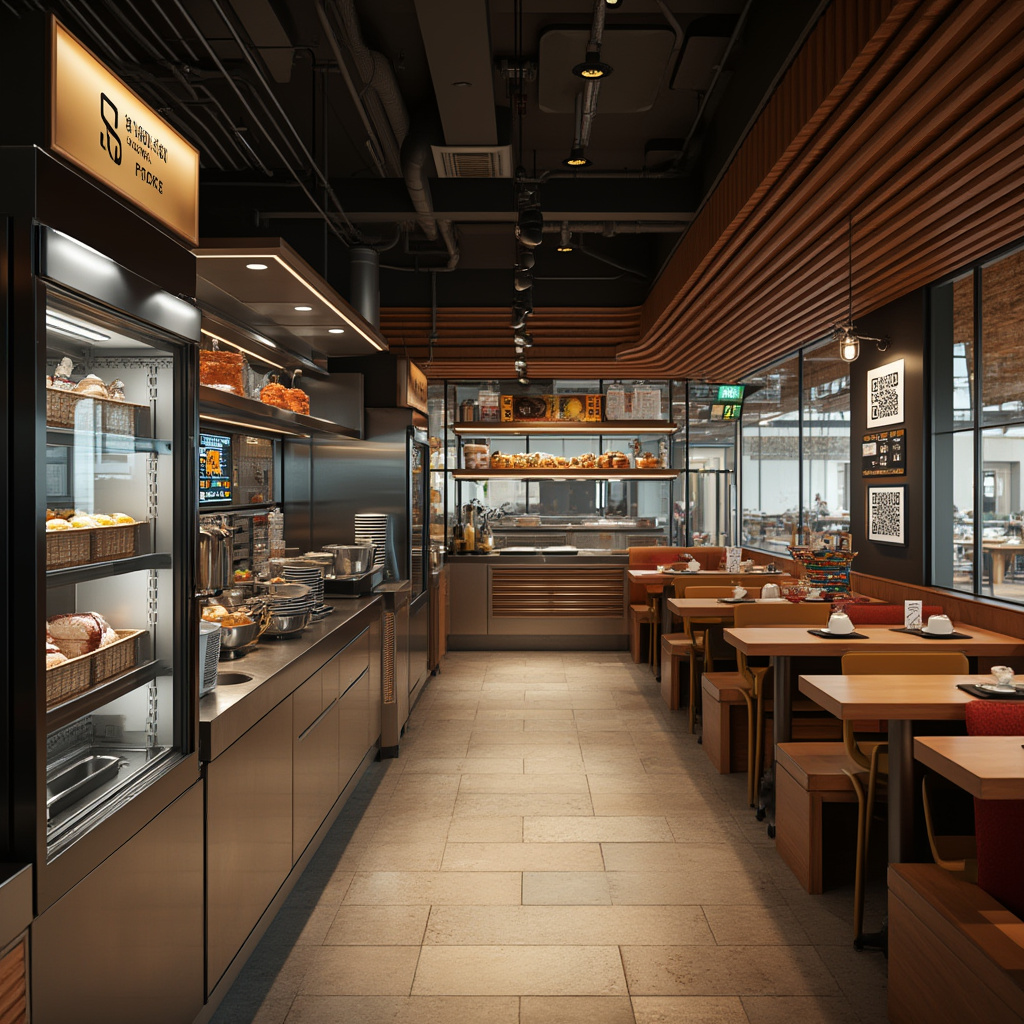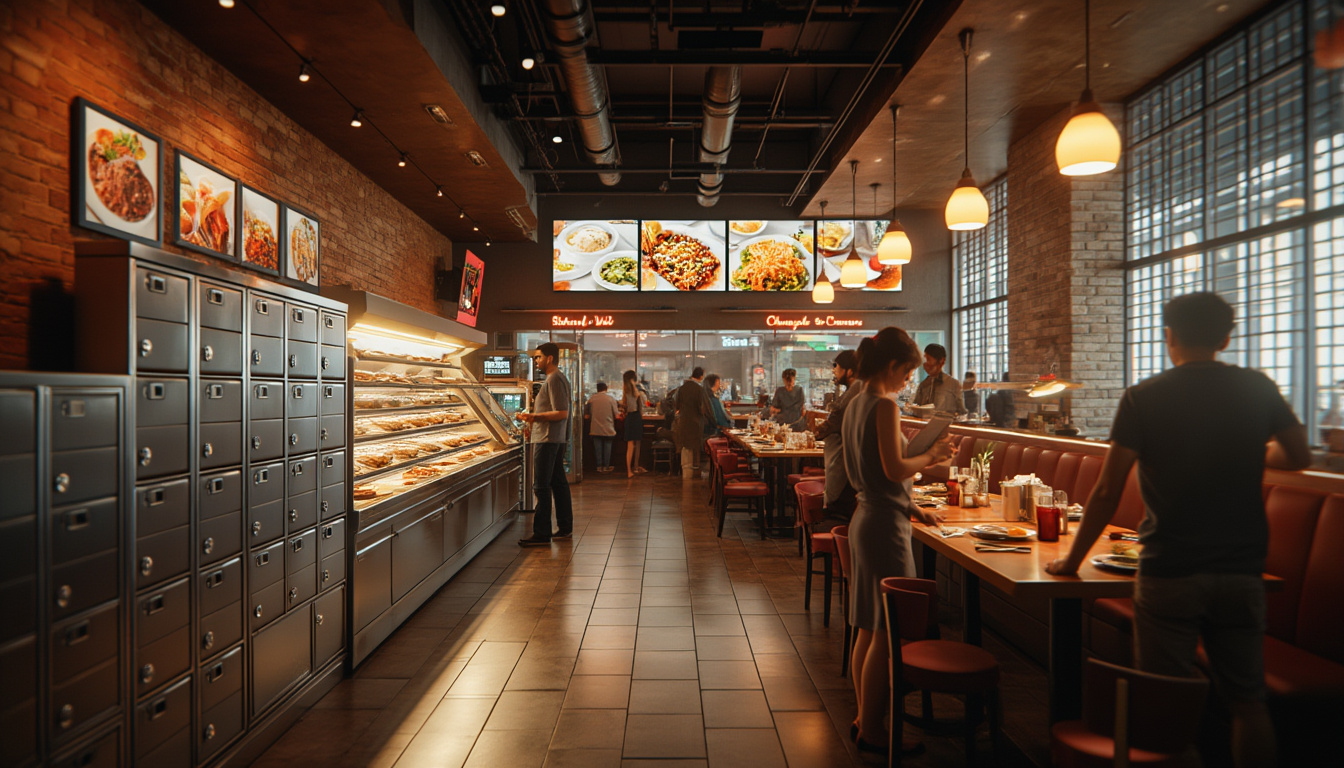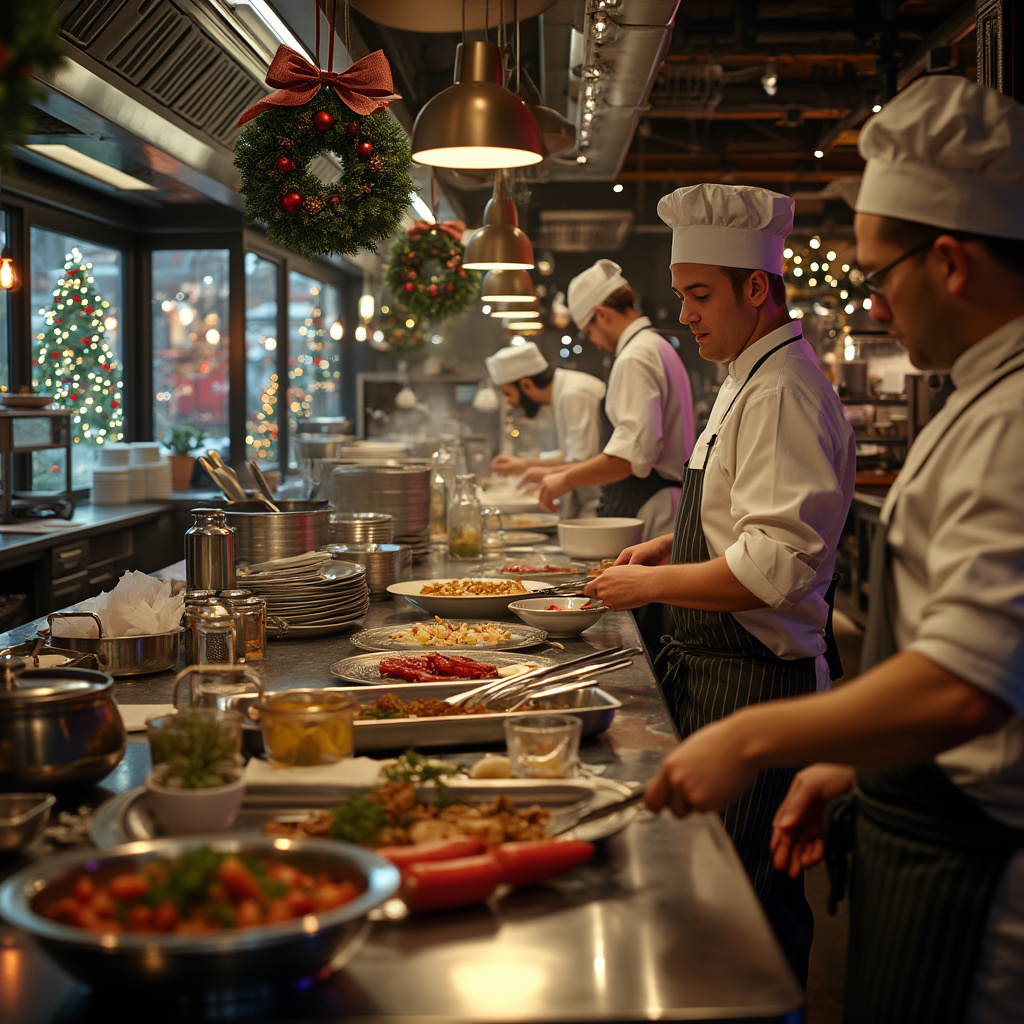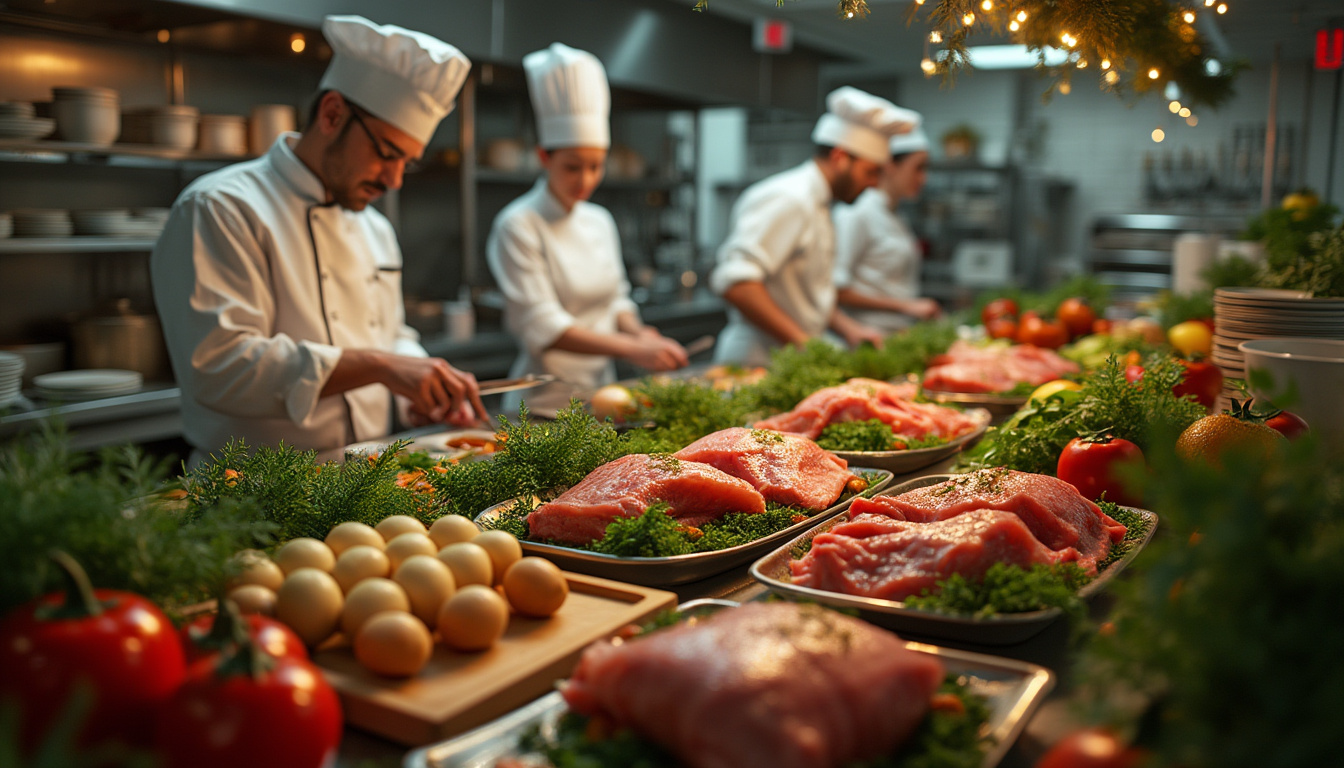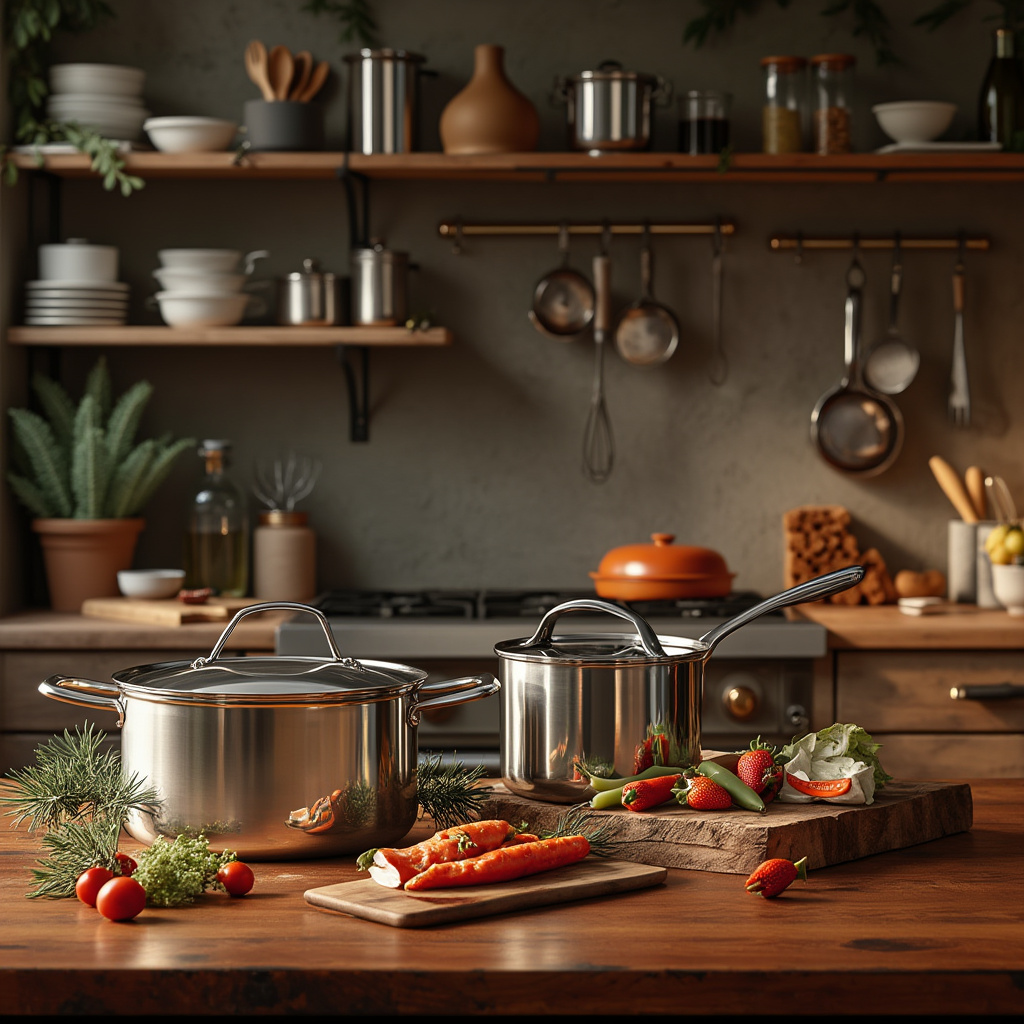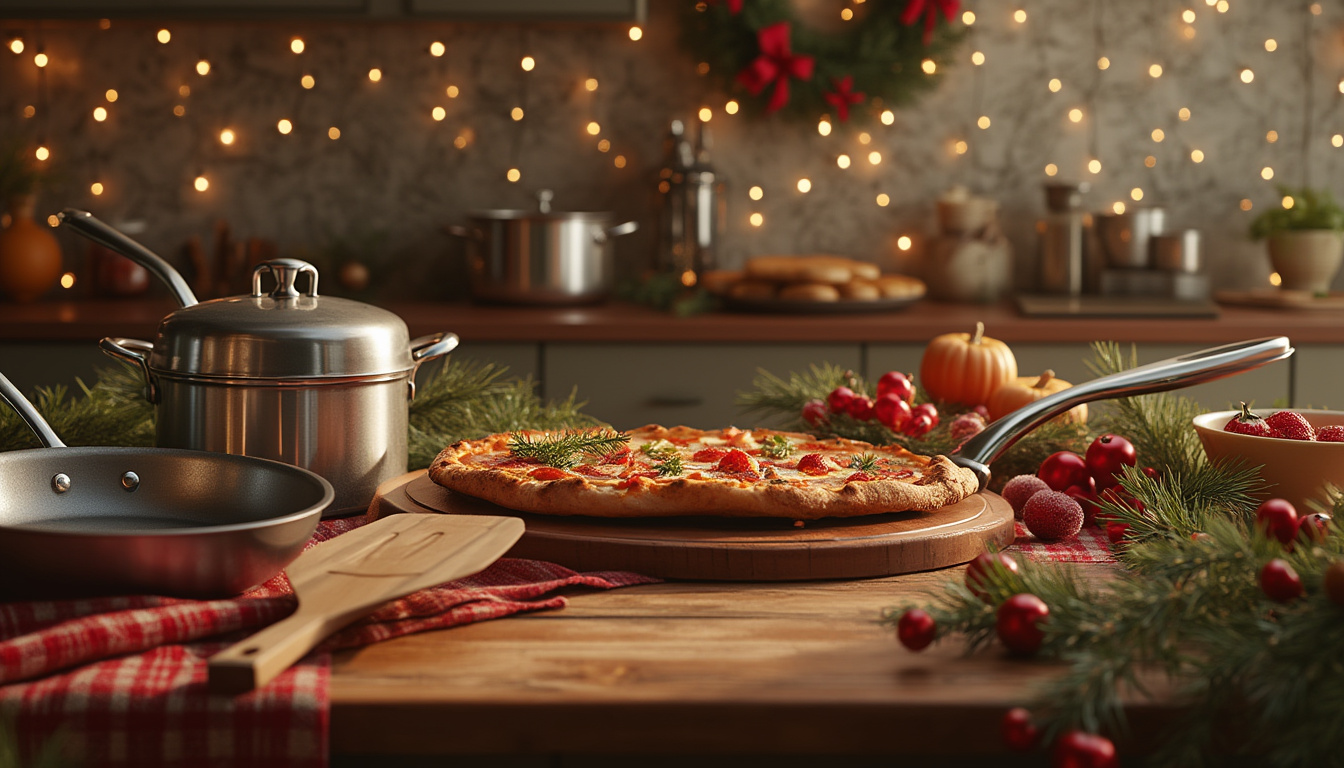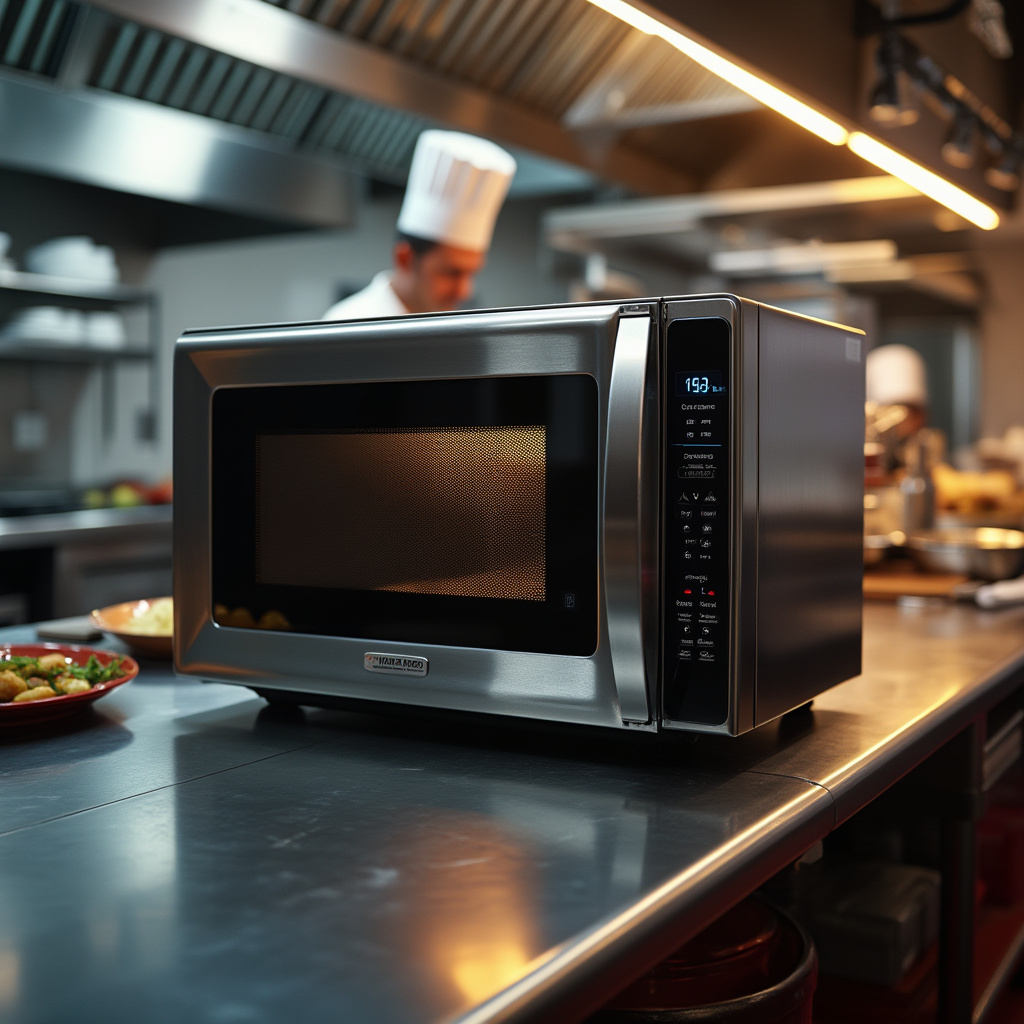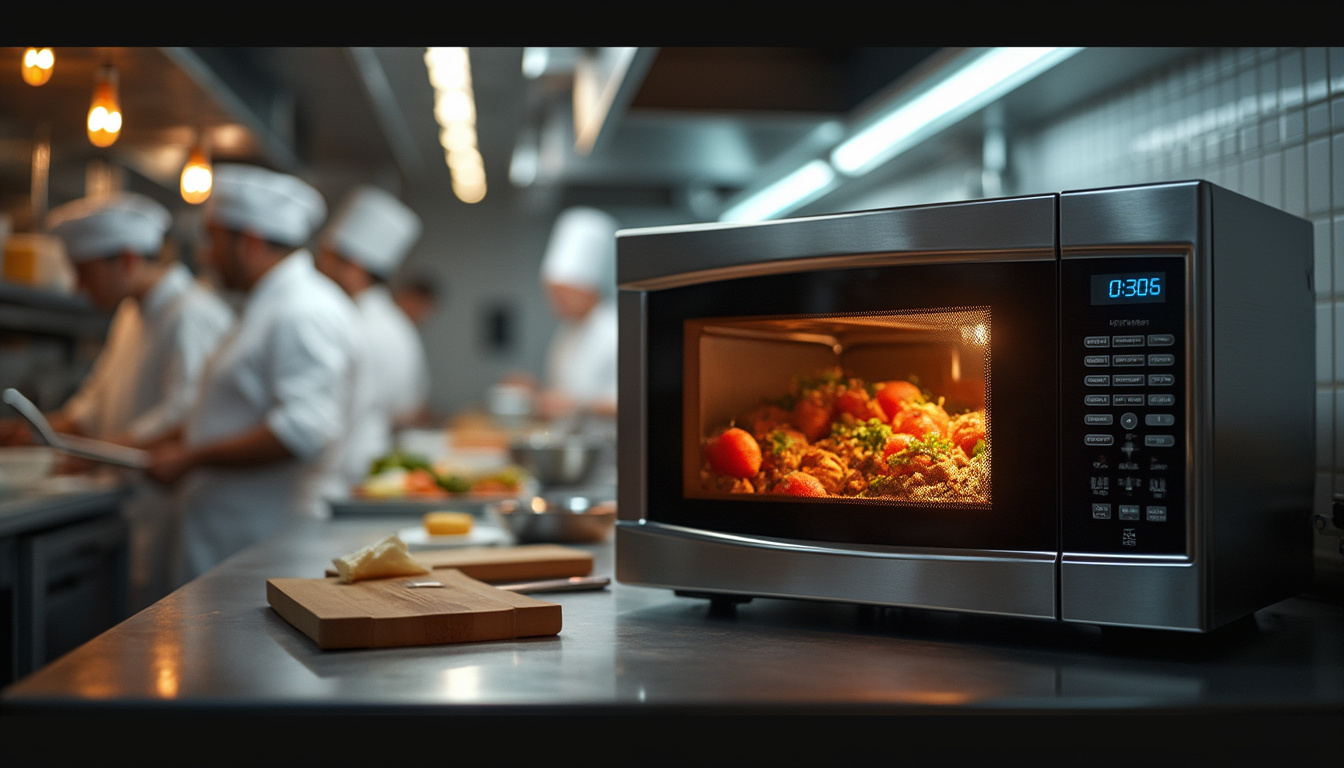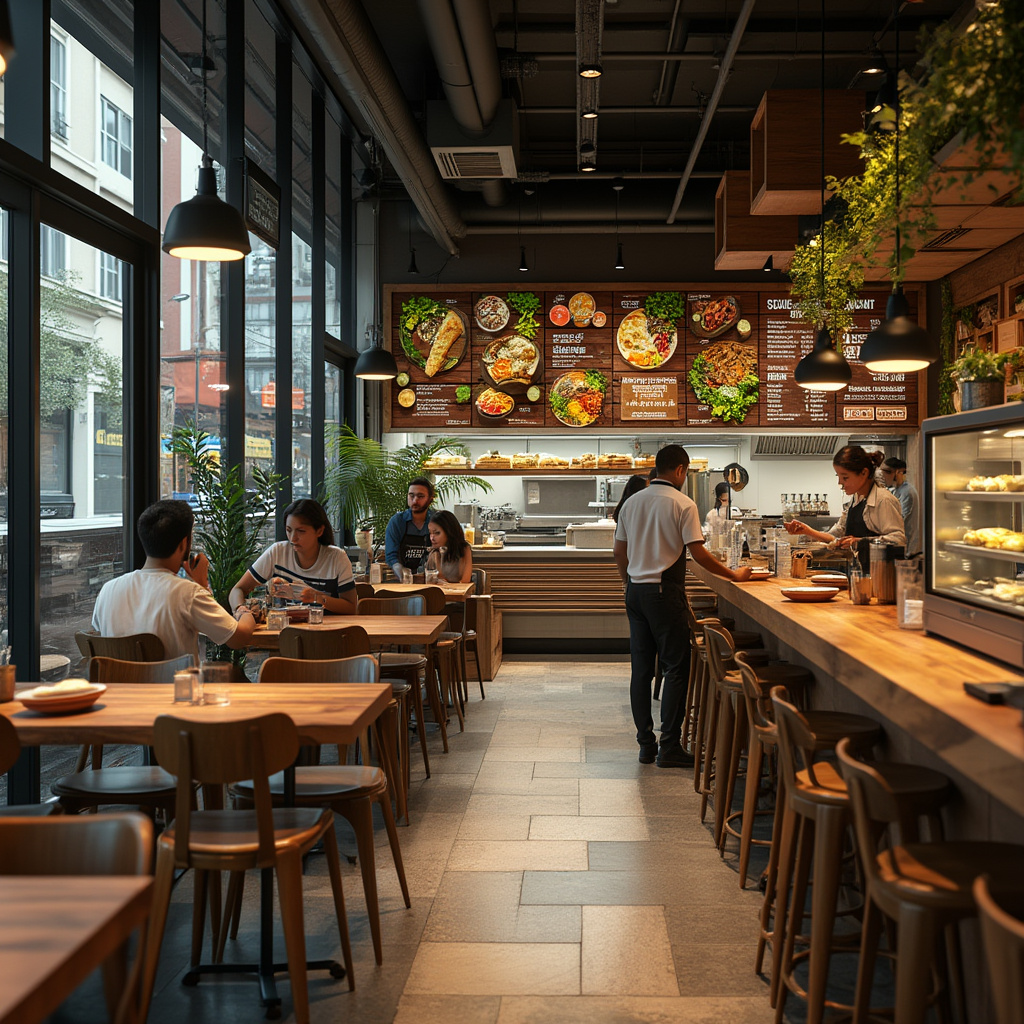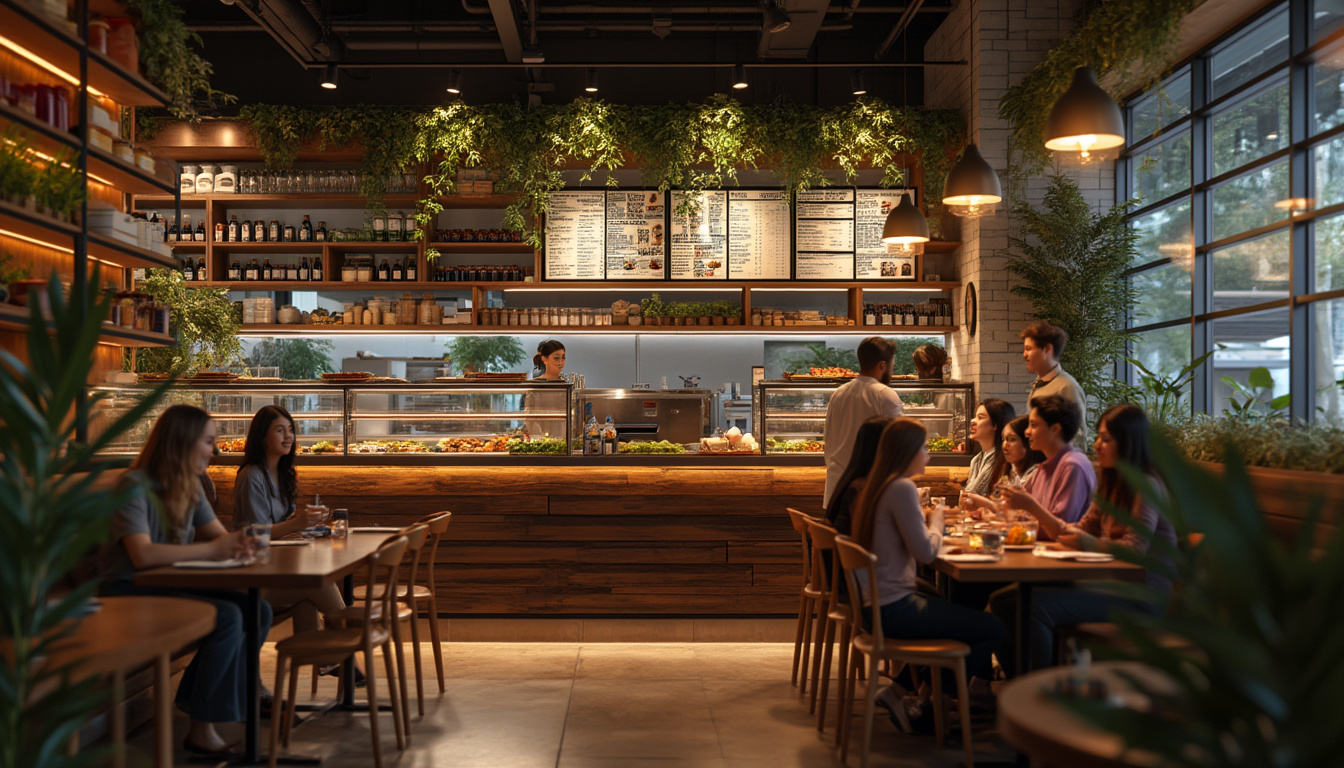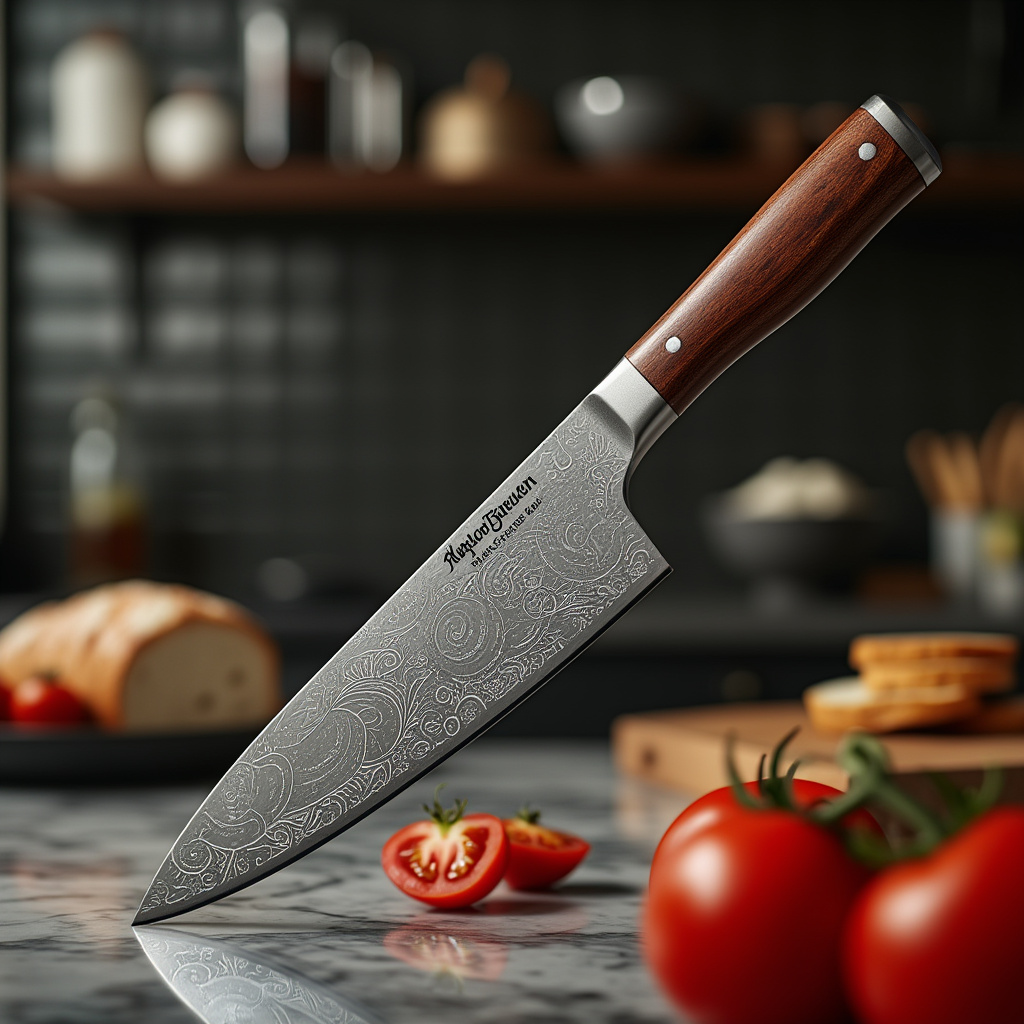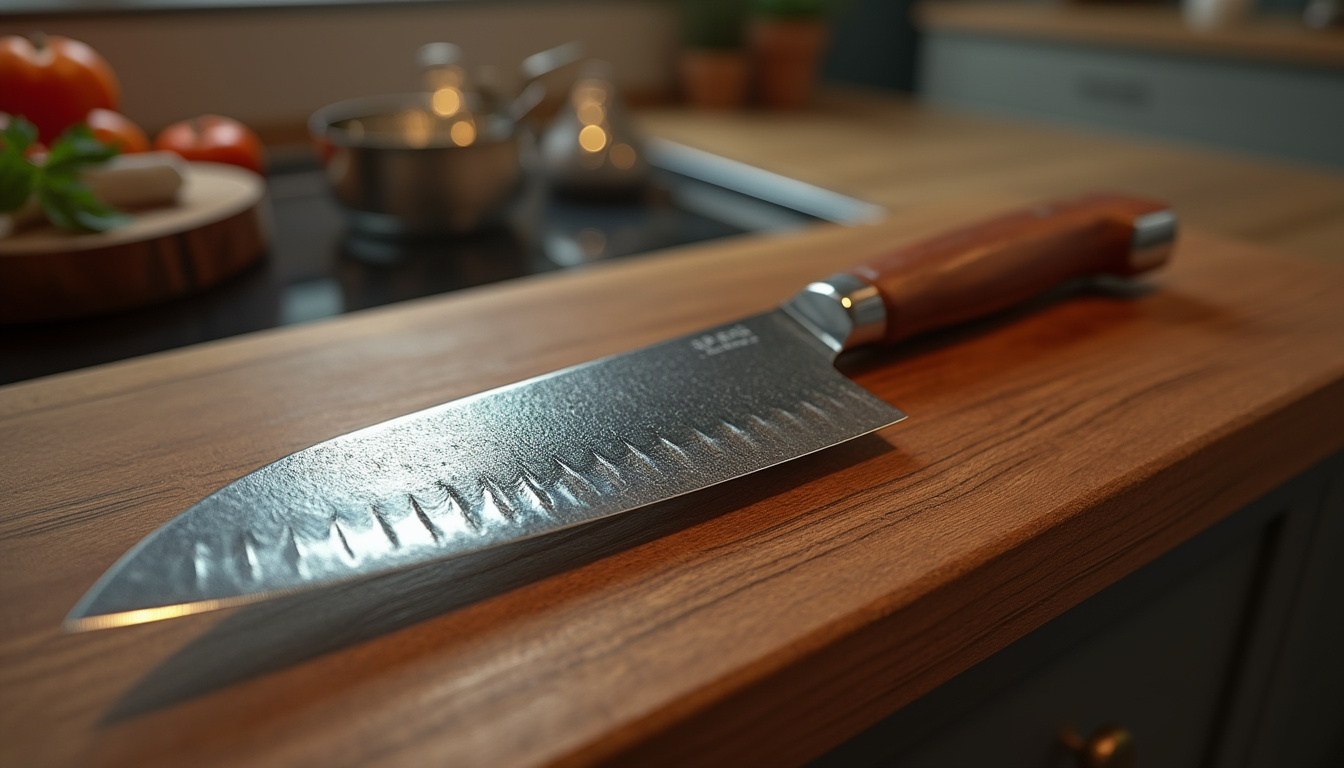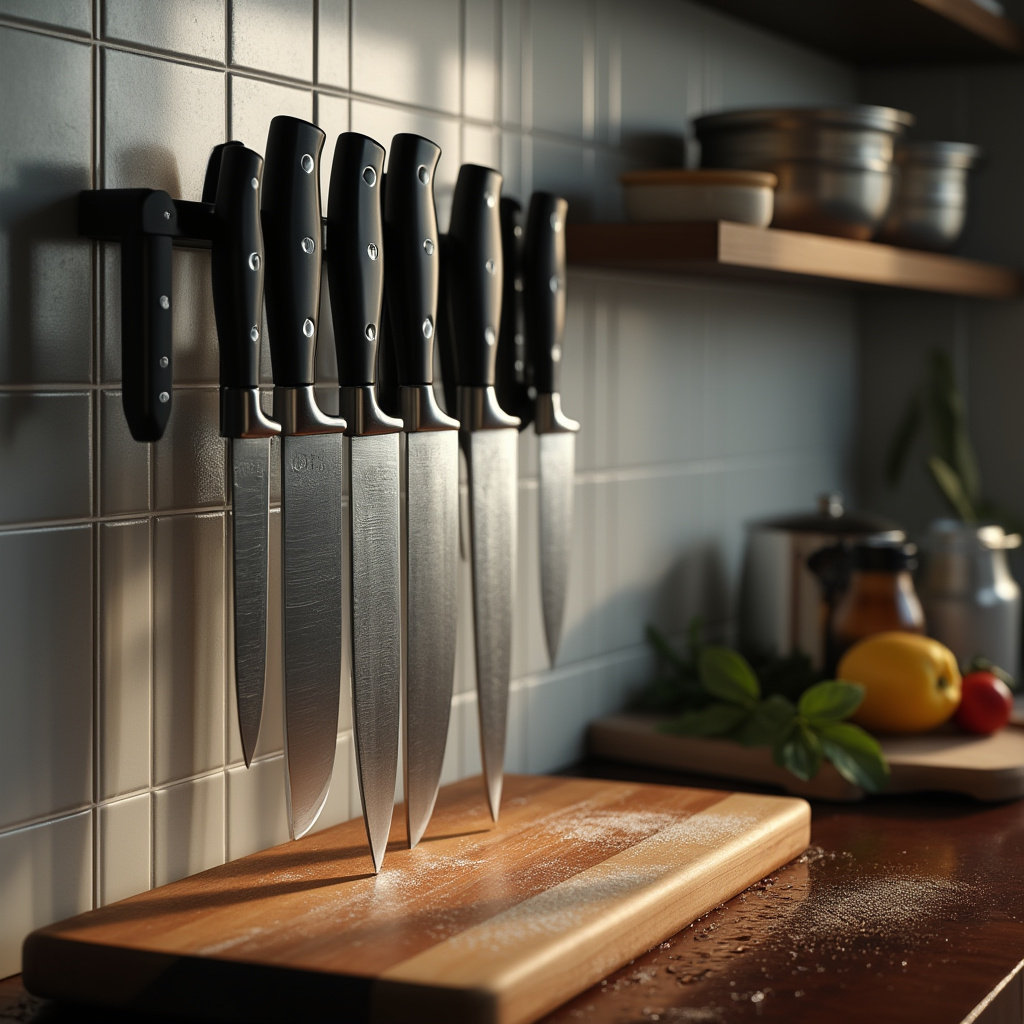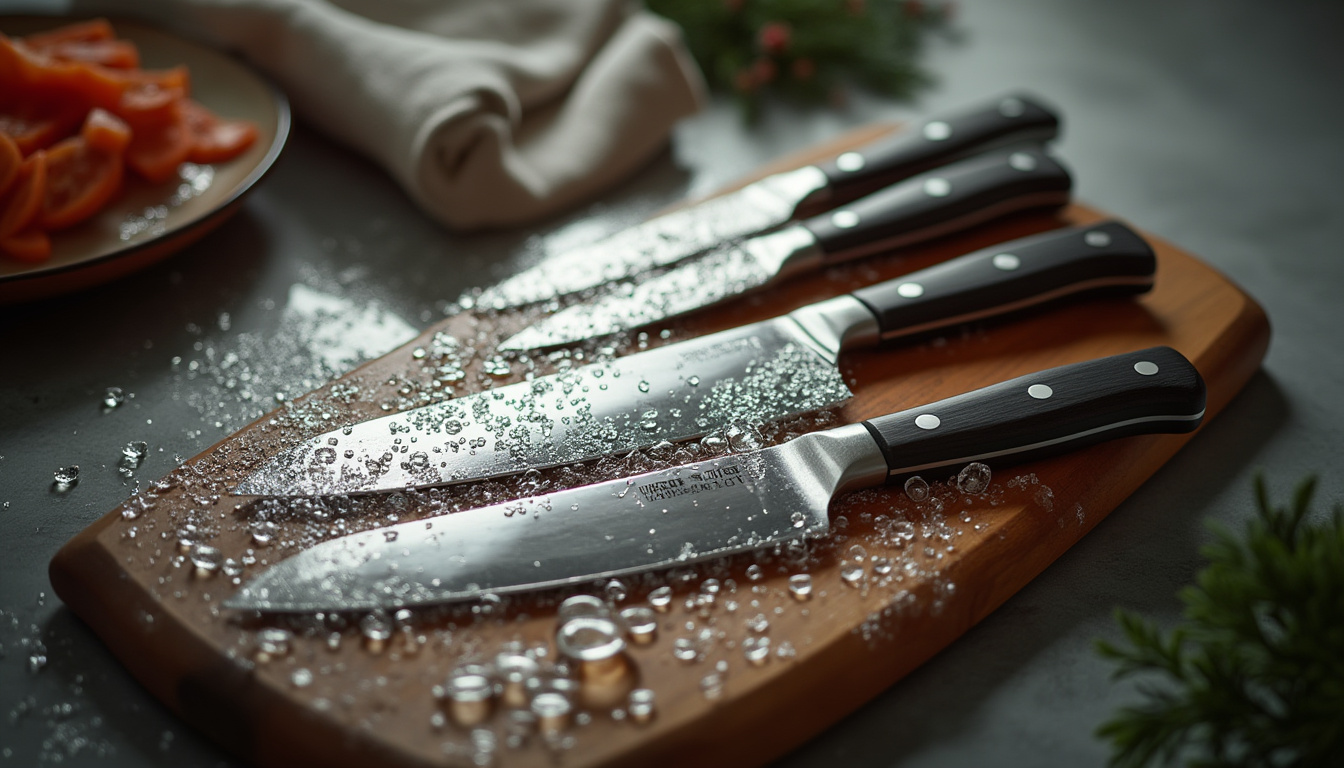The Immersion Blender Buyer’s Guide for Commercial Kitchens
Introduction to Immersion Blenders
Immersion blenders, often referred to as stick or hand blenders, are indispensable tools in commercial kitchens. These versatile devices allow chefs and cooks to blend, whip, puree, and emulsify ingredients directly in pots, containers, or other cooking vessels. Unlike traditional countertop blenders, immersion blenders offer unparalleled convenience and efficiency, making them a must-have for modern commercial kitchens.
Advantages of Immersion Blenders in Commercial Settings
Compared to conventional blenders, immersion blenders provide several advantages that make them ideal for high-volume kitchen environments. For starters, they eliminate the need to transfer ingredients between multiple containers, saving valuable prep time. This feature is especially beneficial in fast-paced commercial settings where every second counts.
Another significant benefit is their ability to process ingredients directly in large pots or containers. This capability overcomes the capacity limitations of traditional blenders, allowing for seamless handling of large batches. Additionally, immersion blenders operate more quietly than their countertop counterparts, reducing noise levels in busy kitchens.
Many models come with interchangeable blades, enabling them to perform multiple functions, from pureeing soups to emulsifying sauces. Removable and dishwasher-safe shafts make cleaning a breeze, while space-saving storage options like cases or wall mounts ensure they don’t take up valuable kitchen real estate.
Key Factors to Consider When Selecting a Commercial Immersion Blender
Choosing the right immersion blender for your commercial kitchen involves evaluating three critical factors: power, speed, and shaft length. Each of these elements plays a crucial role in determining the blender’s performance and suitability for your specific needs.
1. Power: Determining the Right Horsepower for Your Kitchen
Power is measured in horsepower (HP) for commercial immersion blenders and determines their ability to handle tough ingredients. Light-duty models, typically ranging from 0.5 HP (200-350 watts), are suitable for lighter tasks like sauces and soups. Standard-duty blenders, with 1-2 HP (200-600 watts), are versatile and can handle a variety of tasks, including heavier ingredients. For the most demanding applications, heavy-duty models with 2-3.5 HP (up to 1500 watts) are ideal, though they consume more electricity and are generally bulkier and more expensive.
2. Speed: Choosing the Right Option for Precision and Versatility
Speed options vary among immersion blenders, with models offering single speed, two-speed, or variable speed controls. Single-speed blenders are straightforward but lack flexibility. Two-speed models provide more control, allowing for gentle blending or high-speed processing. Variable-speed blenders, however, offer the most precision and versatility, enabling chefs to adjust blending intensity seamlessly.
3. Shaft Length: Balancing Reach and Control
Shaft length is another important consideration, as it determines how deep the blender can reach into pots or containers. Shaft lengths range from 7 to 21 inches, with longer shafts allowing for deeper reach but making the blender slightly harder to maneuver. When selecting a shaft length, consider the typical size of your batches and the depth of your pots to ensure optimal performance and ease of use.
Additional Features to Look For
Beyond power, speed, and shaft length, several other features can enhance the usability and durability of your immersion blender. An ergonomic grip design is essential for reducing fatigue during extended use, while blade guards provide an extra layer of safety. Detachable shafts and dishwasher-safe components simplify cleaning and maintenance, ensuring your blender remains in top condition. Additionally, look for models with robust warranty coverage to protect your investment.
For commercial use, it’s also important to verify that the immersion blender is NSF-certified. This certification ensures that the product meets strict standards for public health protection and safety, making it suitable for use in food service environments.
Enhancing Efficiency: Additional Features to Consider
Beyond the core factors of power, speed, and shaft length, several additional features can significantly enhance the efficiency and usability of your commercial immersion blender. These features not only improve performance but also contribute to a safer and more convenient cooking environment.
Ergonomic Design for Reduced Fatigue
An ergonomic grip design is crucial for comfort during extended use. Chefs and cooks often use immersion blenders for prolonged periods, especially in high-volume kitchens. A well-designed, contoured handle can reduce fatigue and improve control, allowing staff to work efficiently without discomfort.
Safety Features: Protecting Your Staff
Safety is paramount in any commercial kitchen, and immersion blenders with built-in safety features can help prevent accidents. Blade guards are a key safety component, protecting users from the sharp edges of the blades during operation. Additionally, some models may include safety locks or secure grip designs to prevent accidental starts or slippage.
Detachable Shafts for Easy Cleaning
Cleaning is a critical aspect of maintaining hygiene in commercial kitchens. Detachable shafts make the process much easier, allowing for thorough cleaning of the blade and shaft areas. Many models feature dishwasher-safe components, further simplifying maintenance and ensuring that the blender remains in optimal condition.
Dishwasher-Safe Components: Streamlining Maintenance
Time is a precious resource in commercial kitchens, and dishwasher-safe components can save valuable minutes. By allowing key parts of the immersion blender to be cleaned in a dishwasher, kitchens can maintain high hygiene standards without the hassle of manual cleaning. This feature is particularly beneficial in fast-paced environments where efficiency is key.
Warranty Coverage: Protecting Your Investment
A comprehensive warranty is essential for protecting your investment in a commercial immersion blender. Look for models that offer robust warranty coverage, ensuring that you are covered in case of defects or premature wear. A good warranty can provide peace of mind and help reduce long-term maintenance costs.
NSF Certification: Ensuring Compliance and Safety
For commercial food service environments, NSF certification is a critical factor to consider. The National Sanitation Foundation (NSF) sets strict standards for public health protection and safety, ensuring that equipment meets rigorous criteria for use in food preparation. Choosing an NSF-certified immersion blender guarantees that the product is suitable for commercial use and adheres to necessary health and safety regulations.
By carefully evaluating these features and selecting an immersion blender that aligns with your kitchen’s specific needs, you can optimize efficiency, enhance safety, and maintain high standards of hygiene in your commercial kitchen.
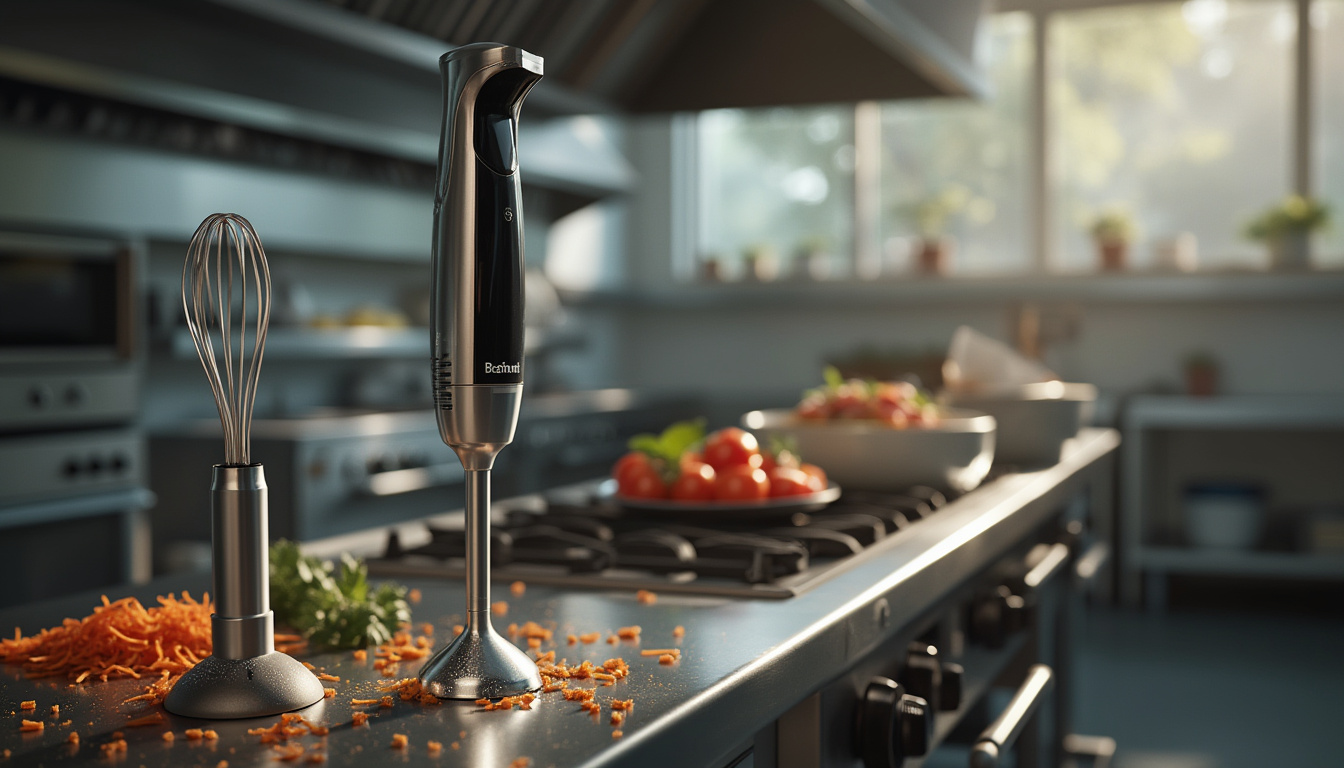
Conclusion
Selecting the right immersion blender for your commercial kitchen is a crucial decision that can significantly impact efficiency, productivity, and the quality of your culinary output. By focusing on key factors such as power, speed, and shaft length, you can choose a blender that meets the demands of your kitchen. Additional features like ergonomic design, safety components, detachable shafts, and NSF certification further enhance usability and compliance with health standards. Investing in a high-quality, durable immersion blender not only streamlines your cooking processes but also ensures long-term reliability and performance.
